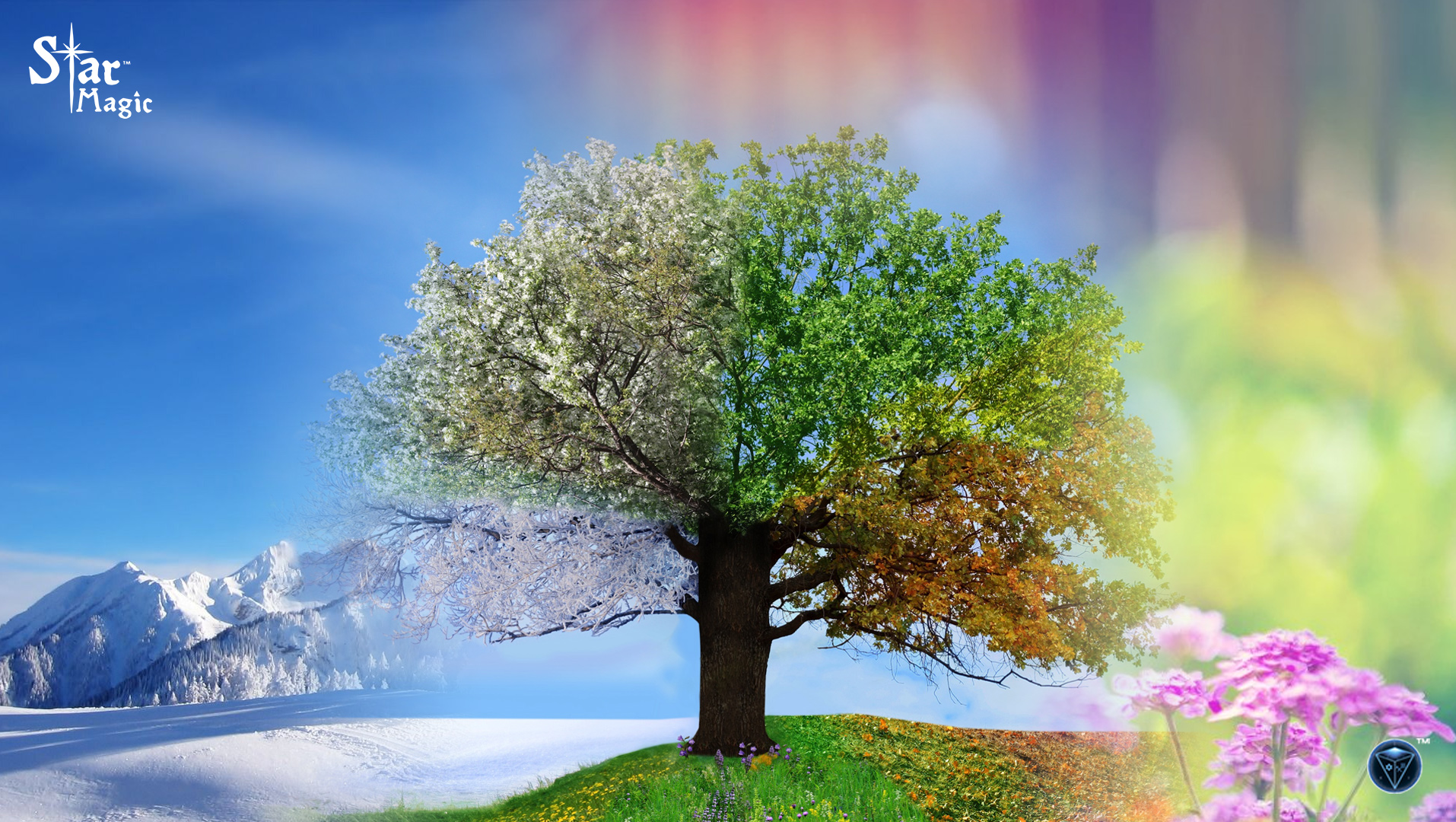
The spring equinox is also known as the vernal equinox. The spring equinox welcomes the spring season and it bids farewell to the winter.
The spring equinox falls around the 21st of March every year. In 2020 the Spring Equinox will be on March 19th.
The word equinox originates comes from the Latin words aequus (equal) and nox (night). The celebration of the spring equinox is deeply rooted in pagan traditions and rituals.
On the day of the spring equinox, the length of day and night is nearly equal across the world. This is when the two hemispheres of the Earth are receiving the Sun’s rays about equally.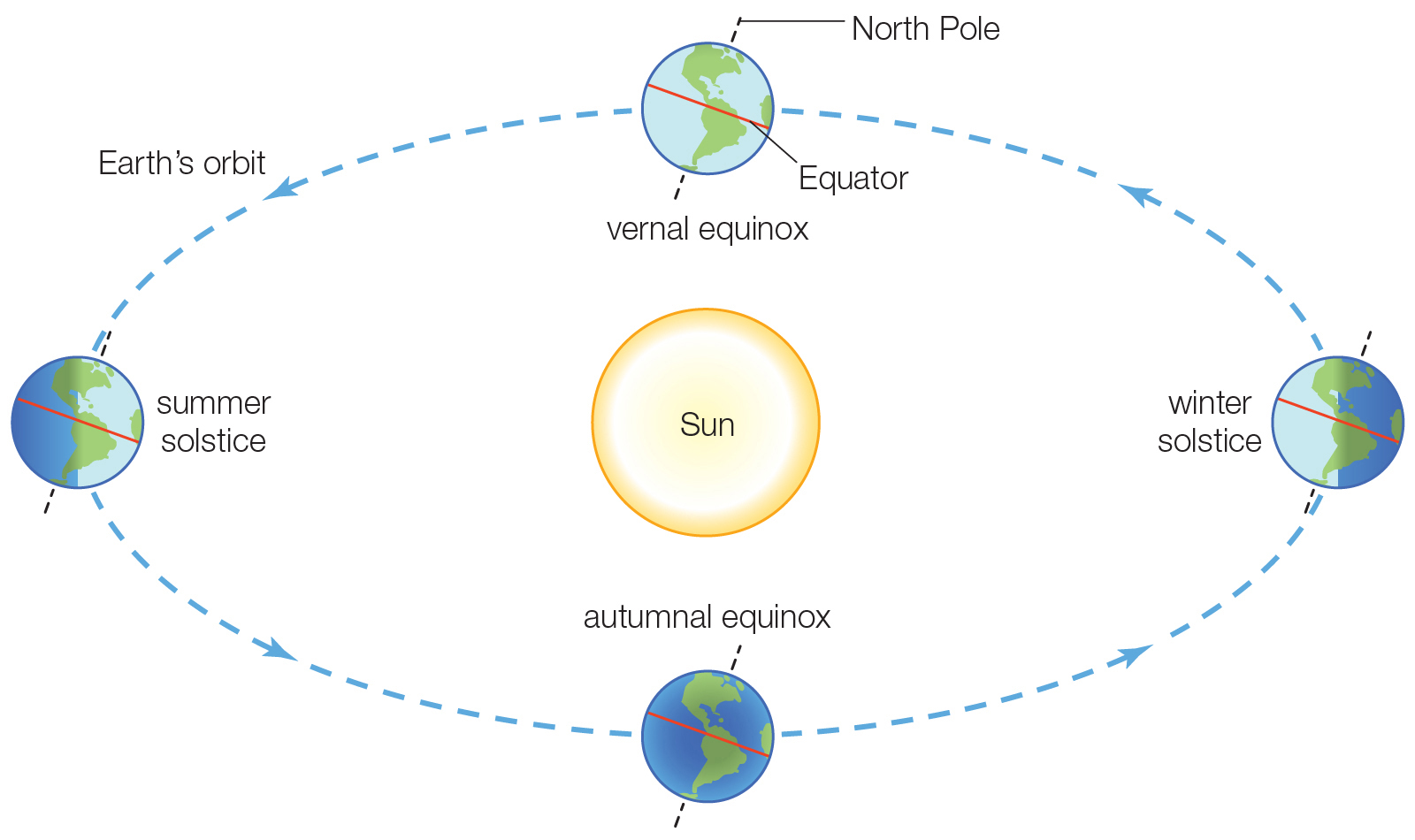
Science of the Equinoxes
The first day of spring is marked by the spring equinox. The equinox happens at the same moment worldwide. This date only signals spring’s beginning in the Northern Hemisphere. It announces the arrival of autumn in the Southern Hemisphere.
Each year there are two equinoxes. One is the spring (vernal) equinox and the other in the autumn (autumnal) equinox. The spring equinox happens when the Sun moves towards the north and the autumn equinox takes place when it moves towards the south.
Only at the two equinoxes does the Sun only rise due east and set due west for all of us on Earth. The equinox is a time when the Sun is exactly above the equator and when the length of the day and night are equal.
The Sun crosses the celestial equator from the south to the north during the vernal equinox. This is called the celestial equator because it is an imaginary line in the sky above the Earth’s equator. The Sun would pass directly overhead on its way north if you observe it from a location on the equator.
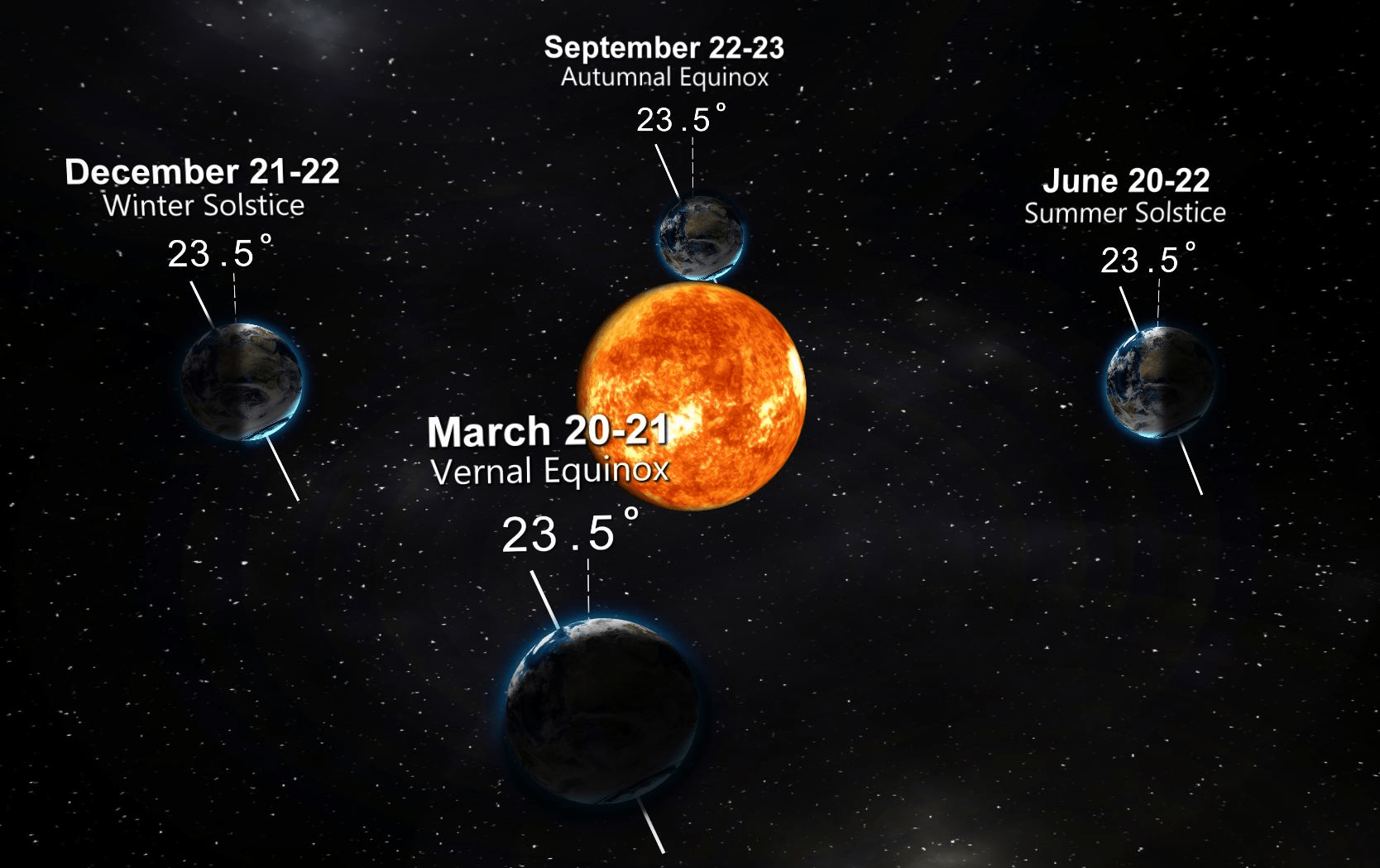
The equinoxes are also the only time when the Sun’s annual path intersects with the celestial equator. When the Sun passes overhead, the tilt of the Earth is zero relative to the Sun. This means that Earth’s axis neither points toward nor away from the Sun. The Earth never orbits upright as it is tilted on its axis by about 23.5 degrees.
After the spring equinox, the Northern Hemisphere tilts toward the Sun. This is why we start to get longer, sunnier days. We enjoy the increasing sunlight hours, with earlier dawns and later sunsets.
Spiritual Myths & Meanings
The start of spring and the spring equinox is associated with the concept of death and rebirth. This is evident in the Christian celebrations of Easter around this time of year which recognises the resurrection of Jesus Christ.
Easter is believed to have originated in pagan celebrations of the goddess Ostara or Eostre. Ostara is a goddess of fertility. Her holiday is an intense time of purification, balance, renewal and new possibilities. Pan, the Horned God appears as Ostara’s consort to represent hunting, dancing, and wildness.
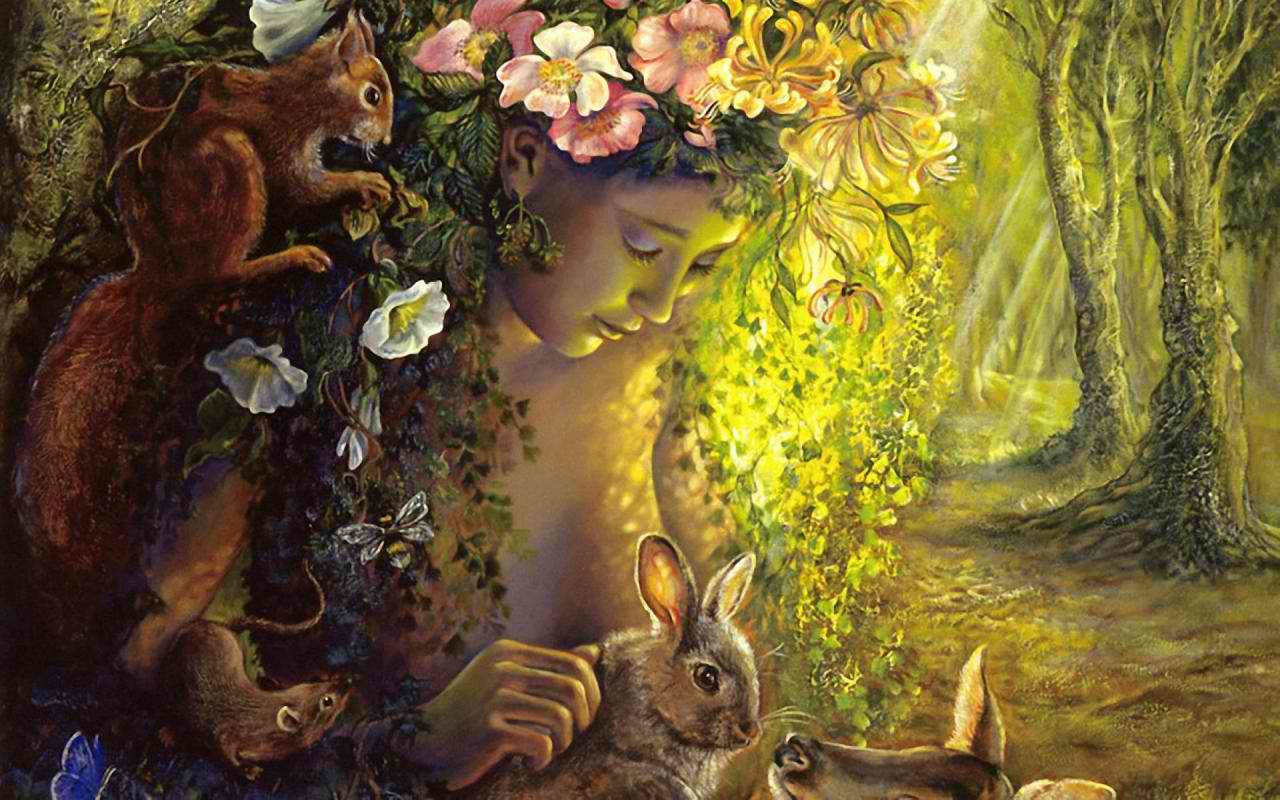
The spring equinox is the time of the exact balance between the light and the dark. Lying between the pagan celebrations of Imbolc and Beltane, this is a time for celebrating the balance between extremes that are found amid the seasons.
The spring equinox symbolises the time when the innocence and childlike wonder of life become a reality. This is when the Earth becomes warmer and more nurturing towards new life.
The spring equinox is also supposedly the one day of the year when you can perfectly balance an egg on its end. The myth is, of course, untrue and with a bit of patience, you can balance an egg on its end at any point during the year.
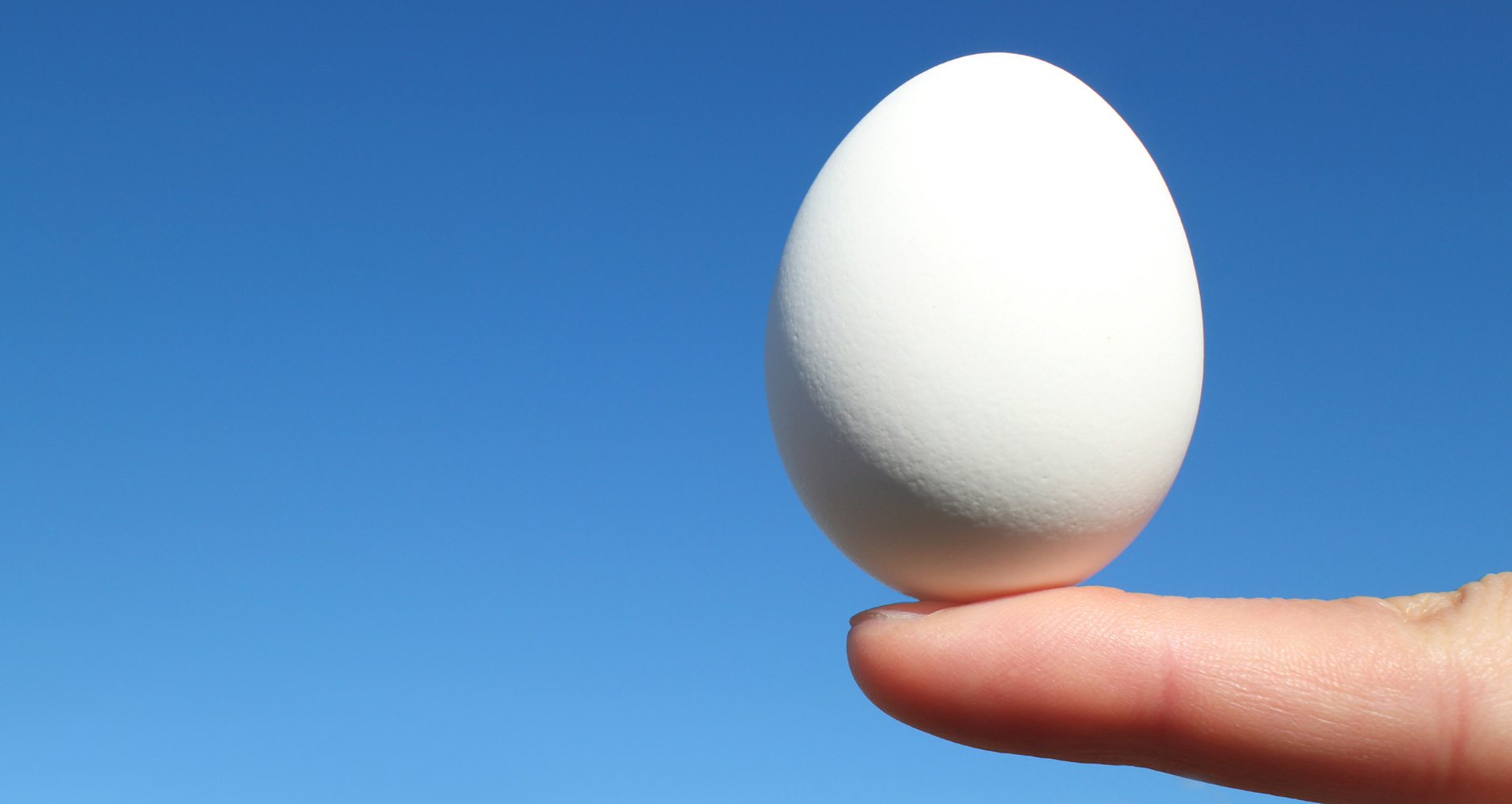
Astrologers look out for the spring equinox to better understand how it will affect the cosmic balance of energies. The sign of Aries the Ram is based on the start of the spring season and its reproductive cycle is linked to the spring equinox.
Celebrating the Equinox
In the Northern Hemisphere the vernal equinox signals new beginnings and the renewal of nature. Most cultures and religions have ancient traditions for celebrating the start of spring.
Rebirth is a major theme of spring. There are plenty of legends and beliefs about the rising of the sun or the rising of a king at this time. During this time flowers start to bloom and baby animals are born. It is traditional to plant seeds at this time. Their growth symbolises rebirth, the triumph over death, like a phoenix rising from the ashes of winter.
The spring equinox is one of the only four times of the year, at the two equinoxes and solstices, when there is open access to the stones of Stonehenge. Festivities start from first light when the sun rises over the stones and the morning is full of music, dancing, and ritual.

Spring is also the perfect time to shake the dust away from the dark days and brighten your home up. The renewal of nature prompts everyone to do their spring cleaning and renew their lives.
Observe Nature
Observe nature during spring and you will notice your days are getting longer and warmer. It is great to spend more time out in nature. Observe the buds and shoots of plants and trees and breathe in that fresh spring air. The prana or life force energy in each breath of the spring air will revitalise you.
Watch the arc of the sun across the sky as it shifts toward the North. Observe the birds are migrating northward along with the path of the Sun. Notice also that the birds are singing more. The increase in sunlight encourages birds to sing.
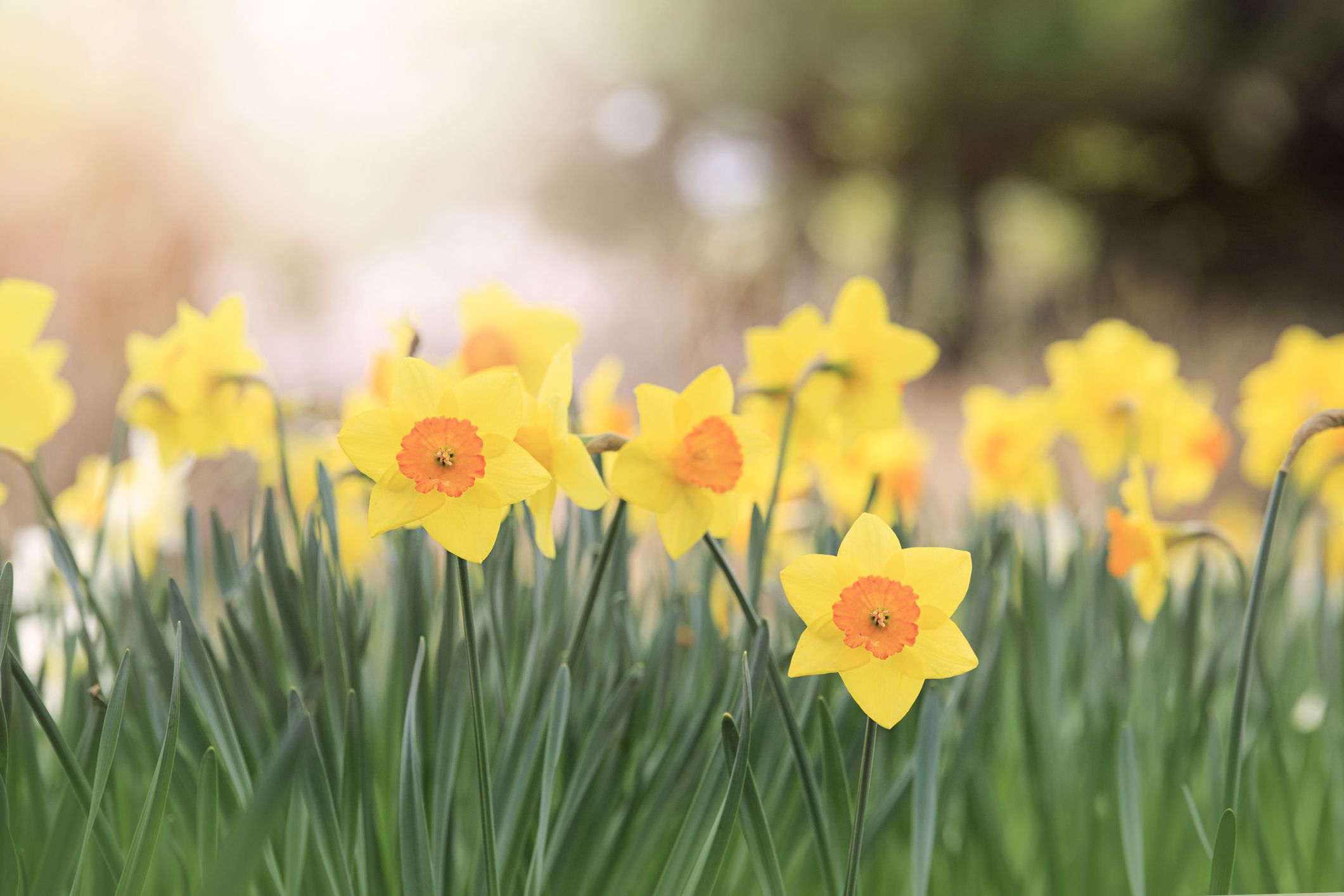
Look for worms emerging from the earth and also the daffodils poking up their heads. Trees, shrubs, and flowers are sensitive to temperature and day-length also. Since ancient days, people have used them as indicators of when the weather is right for planting.
Enjoy your spring adventure. It is a great time to explore nature and renew your connection with Mother Earth. Go out to the park or the woods, hug some trees, and meditate on the lovely energy of spring.
Be On Our Next Facilitator Training Experience, Amplify Your Life, and Become an Extraordinarily Powerful Healer –
Click HereGet Full Access to Jerry’s Meditation Library
here